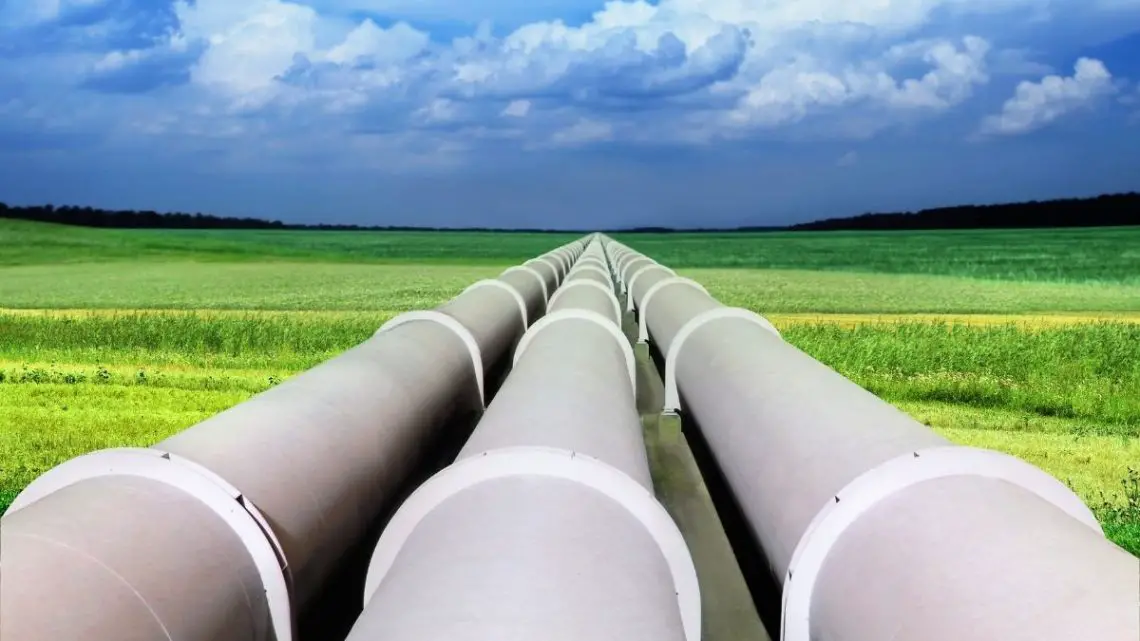
SoCalGas and Bloom Energy to use gas blending for hydrogen economy
December 21, 2021The companies showcased their strategy using the existing natural gas infrastructure.
Southern California Gas Co. (SoCalGas), and Bloom Energy (NYSE stock symbol BE) have announced that they are working together on a project that will place the spotlight on the future of the hydrogen economy as well as the tech that will be required within the state in order to achieve carbon neutrality.
The largest natural gas distribution utility in the country and Bloom Energy will create an H2 blend.
The companies will work together to blend H2 into the existing natural gas network for a university customer. This will provide a demonstration of the way a hydrogen economy will be possible through the decarbonization of the existing natural gas pipeline network. It will also allow for a transition into full carbon neutrality as the economy boosts its access to H2 production and distribution.
The project between SoCalGas and Bloom Energy is slated to begin in 2022 on the California Institute of Technology (Caltech) campus in Pasadena.
“California has ambitious climate goals, and a successful energy transition will require companies to collaborate and implement innovative projects,” said Chris Holden, California State Assembly member. “This unique demonstration could help our state transition to a carbon neutral future.”

The collaboration will use resources and expertise from both companies toward a hydrogen economy.
Bloom Energy will provide its solid oxide, a high temperature electrolyzer for H2 production. From there, the H2 produced will be injected into the natural gas infrastructure at Caltech. This will produce a blend that will be 10 percent H2 and 90 percent conventional natural gas. It will be converted into electricity using a combustion-free technique within existing Bloom Energy fuel cells located beyond SoCalGas’ meter. In this way, it will produce electricity to meet the demand for part of the electricity.
For this project’s purposes, the electrolyzer is designed for H2 generation powered by grid electricity. Though this wouldn’t be the case for a hydrogen economy, it serves the purpose of the demonstration. At scale, the combination of the electrolyzer and the fuel cell could make it possible for long lasting clean power storage and low-carbon distributed energy generation through the gas networks serving businesses, dense urban areas and residential neighborhoods.



 HFN News is your leading source for fresh hydrogen and renewable energy updates. Amid the fast-paced growth of hydrogen companies, we provide top-notch news and insights about this exciting sector. Our coverage spans from hydrogen cars to global sustainable initiatives, and we highlight the latest in green jobs and developing hydrogen hubs. We invite you to share your local hydrogen news and explore today’s renewable energy job listings on our site. Thanks for choosing HFN News as your trusted guide to the hydrogen and renewable energy world!
HFN News is your leading source for fresh hydrogen and renewable energy updates. Amid the fast-paced growth of hydrogen companies, we provide top-notch news and insights about this exciting sector. Our coverage spans from hydrogen cars to global sustainable initiatives, and we highlight the latest in green jobs and developing hydrogen hubs. We invite you to share your local hydrogen news and explore today’s renewable energy job listings on our site. Thanks for choosing HFN News as your trusted guide to the hydrogen and renewable energy world!